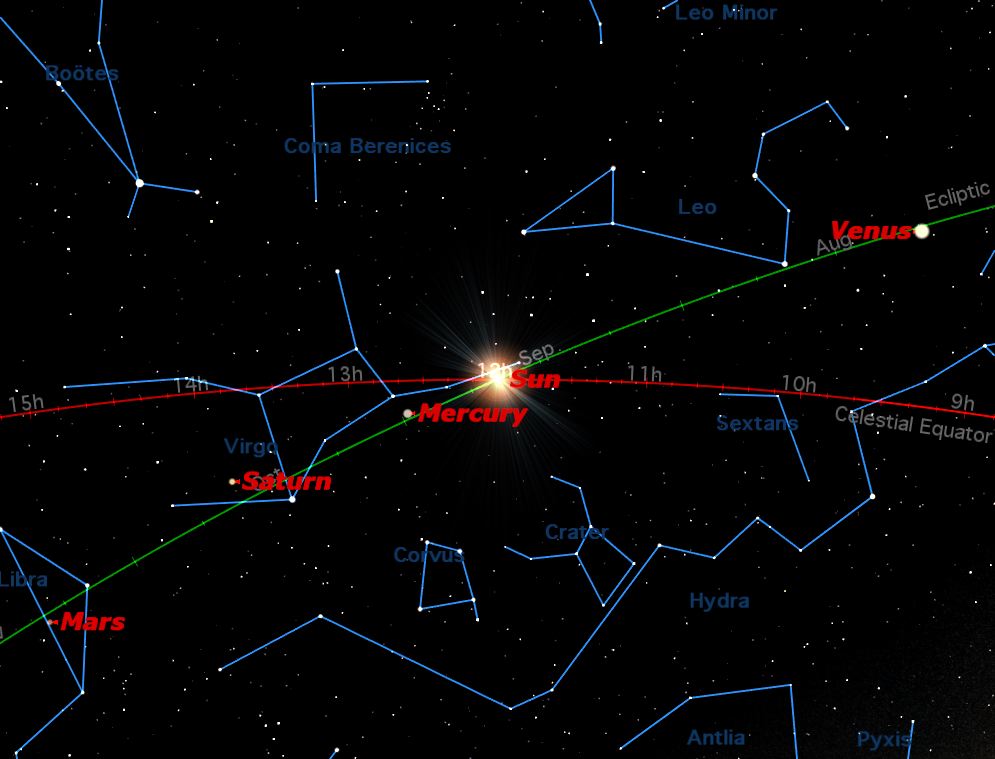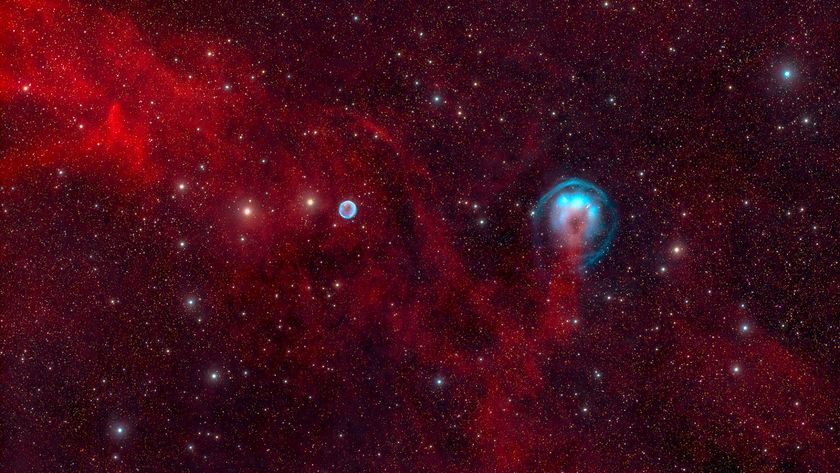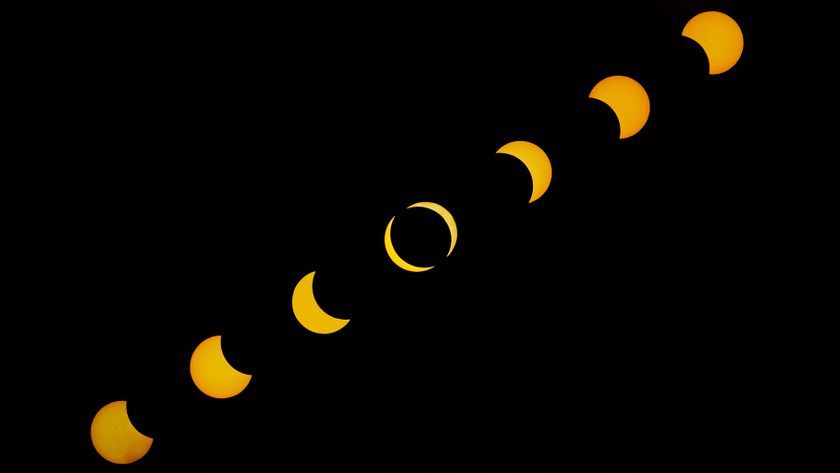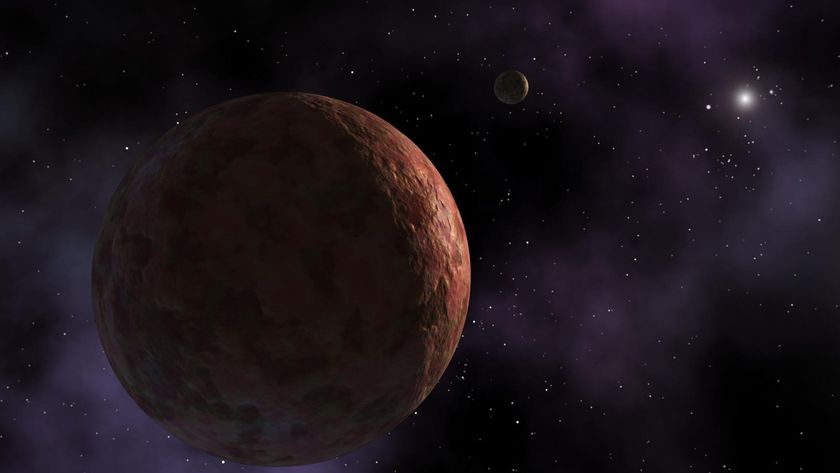Welcome to Fall: Today Is Autumnal Equinox

Summer officially turns to fall today (Sept. 22), with the arrival of the autumnal equinox, marking the time of year when day and night are of equal length.
Soon, the days will start getting shorter and the nights longer as we head deeper into autumn in the Northern Hemisphere, building toward the longest night of the year on December 21, the winter solstice.
Today's equinox officially happened at 10:49 a.m. EDT (1449 GMT). This is the point when the sun arrives at the intersection of the ecliptic (an imaginary line marking the sun's path across the sky) and the celestial equator (Earth's equator projected onto the sky). Today the sun appears to cross this equator, moving from north to south in the area of the constellation Virgo.
Although technically both day and night are exactly 12 hours today, in practice, this isn't quite so. Because of the way the sun's light refracts in Earth's atmosphere, we can actually see the sun for a few minutes before its disk rises and for a few minutes after it has truly set. Thus, daylight on any given day lasts roughly six or seven minutes longer than it seemingly should. [Earth's Equinoxes & Solstices (Infographic)]
Autumnal equinox usually heralds many good things in North America, such as red leaves, apple pie, warm scarves, and pumpkins. But there's another reason to celebrate today's seasonal change: it means a better chance of seeing the aurora borealis, or Northern Lights.
That's because geomagnetic storms, which are disturbances in Earth's magnetic field, are more common in spring and fall than in summer and winter. And such disturbances often cause gorgeous displays of the aurora, which are created when charged particles from the sun slam into our planet's magnetic field.
Earth's four seasons — winter, spring, summer and fall — are demarcated by equinoxes and solstices. After the winter solstice on Dec. 21, the next season change will come with the spring, or vernal, equinox on March 20, 2013, and then the summer solstice on June 21, 2013. Finally, we'll come full circle one year from now, with the next autumnal equinox on Sept. 22, 2013.
Get the Space.com Newsletter
Breaking space news, the latest updates on rocket launches, skywatching events and more!
These seasons, and all the equinoxes and solstices, are caused because Earth's axis is titled 23 1/2 degrees from vertical. That means that the Northern and Southern hemispheres usually don't receive the same amount of sunlight — except during the equinoxes.
You can follow SPACE.com assistant managing editor Clara Moskowitz on Twitter @ClaraMoskowitz. Follow SPACE.com on Twitter @Spacedotcom. We're also on Facebook & Google+.
Join our Space Forums to keep talking space on the latest missions, night sky and more! And if you have a news tip, correction or comment, let us know at: community@space.com.

Clara Moskowitz is a science and space writer who joined the Space.com team in 2008 and served as Assistant Managing Editor from 2011 to 2013. Clara has a bachelor's degree in astronomy and physics from Wesleyan University, and a graduate certificate in science writing from the University of California, Santa Cruz. She covers everything from astronomy to human spaceflight and once aced a NASTAR suborbital spaceflight training program for space missions. Clara is currently Associate Editor of Scientific American. To see her latest project is, follow Clara on Twitter.











